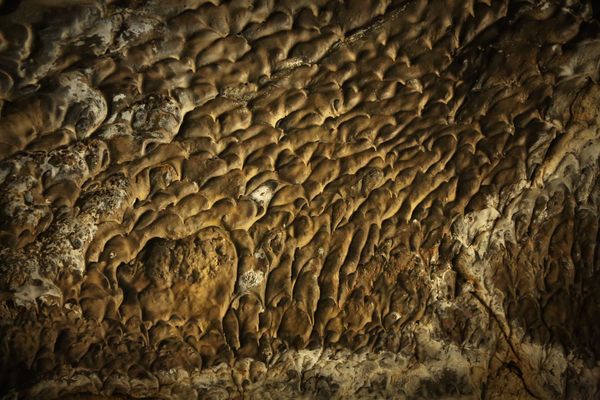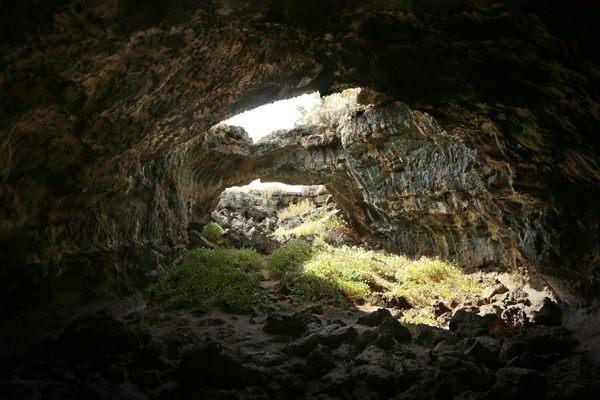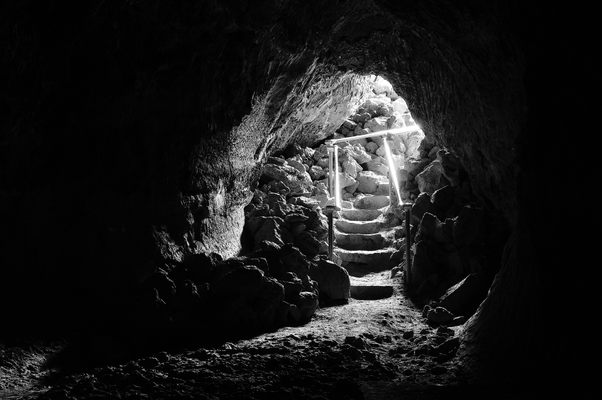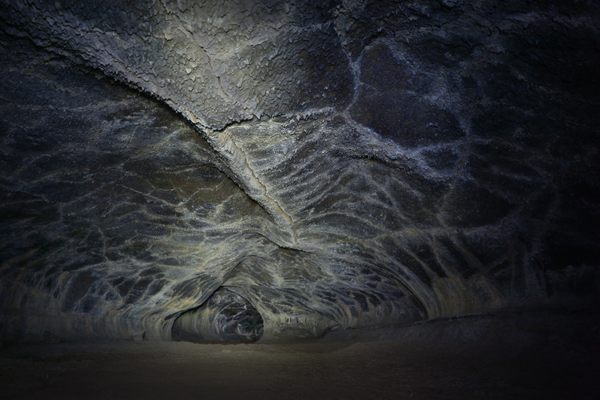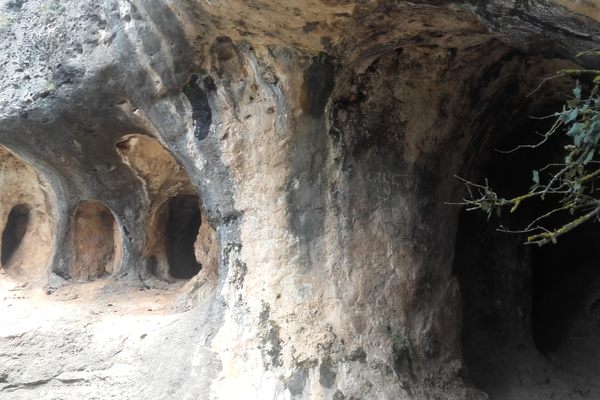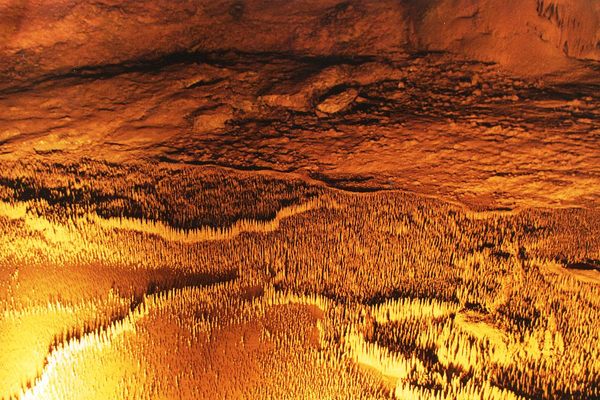About
In North America, there is perhaps no better place to explore a volcanically sculpted landscape than Lava Beds National Monument in northern California. In addition to housing the largest concentration of lava tube-caves in the continent, the park contains over 46,000 acres of semi-desert terrain dominated by fumaroles (gas-emitting openings in the Earth's crust), cinder and spatter cones (mounds of ejecta that form around vents), and maars (craters formed in the explosive meeting of hot lava and groundwater).
Most of the lava flows in the park are somewhere between 30,000 and 40,000 years old and originated from two craters named Mammoth and Modoc. As the thick, fluid rock flowed out from the craters, a hard crust formed at the top of some streams. The lava beneath continued to flow, carving out conduits for itself and leaving spectacular formations on the ceilings and walls of the tube-like caves.
As the viscous lava dripped from the tops of the tubes, finger-like rock formations called lavacicles (a volcano's version of icicles) were left on the ceiling. Meanwhile, dripstone was created when the burning hot fluid splashed onto the tube walls. The overall effect is a series of long and narrow caves that appear to be melting.
In addition to the lava tubes, some 25 of which can be explored via hiking trails, the park is host to a great diversity of wildlife. Everything from pronghorn antelopes and bobcats to bald eagles and kangaroo rats (whose ability to synthesize water from dry seeds allows them to live a full life without seeing a drop of H2O) can be found at Lava Beds. Even the caves are alive with bats, ferns, and a variety of sparkling bacteria that adorn underground walls.
Petroglyph Point, one of the largest examples of Native American rock art in the country, demonstrates that the park has a rich history of human habitation as well. In fact, a popular site among visitors is Captain Jack's Stronghold, a natural lava fortress of caves and trenches where for five months a substantially outnumbered group of Modoc Indians famously held off U.S. Army forces.
In the process of peace talks, the Modoc leader Captain Jack was persuaded by his tribe to ambush and kill U.S. General Edward Canby, the only general to be killed in the Indian War. This event spelled disaster for the Modoc, however, as the army sent reinforcements which forced them to flee the stronghold and later avenged Canby's murder by hanging Captain Jack at nearby Fort Klamath in Oregon.
Related Tags
Know Before You Go
For directions to Lava Beds National Monument please visit http://www.nps.gov/labe/planyourvisit/directions.htm
Community Contributors
Added By
Published
April 24, 2010











